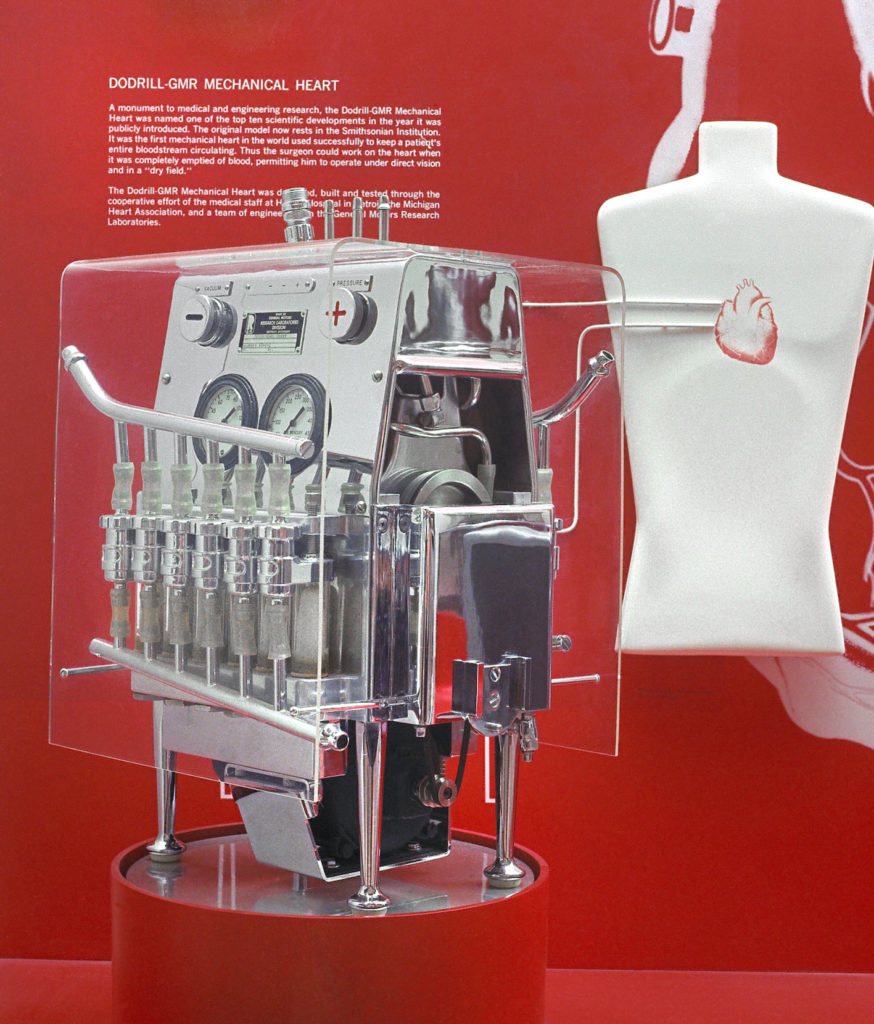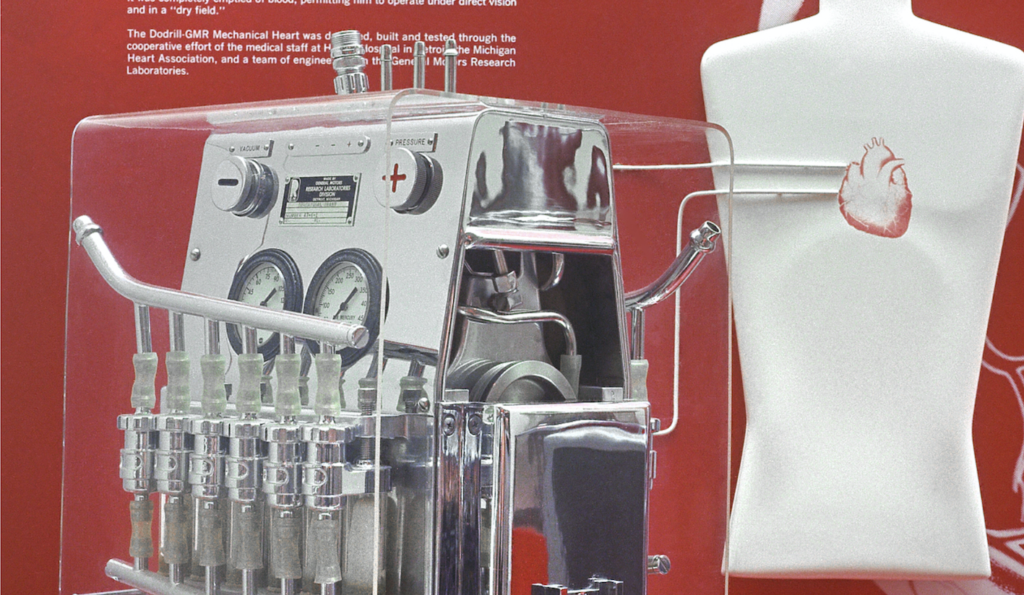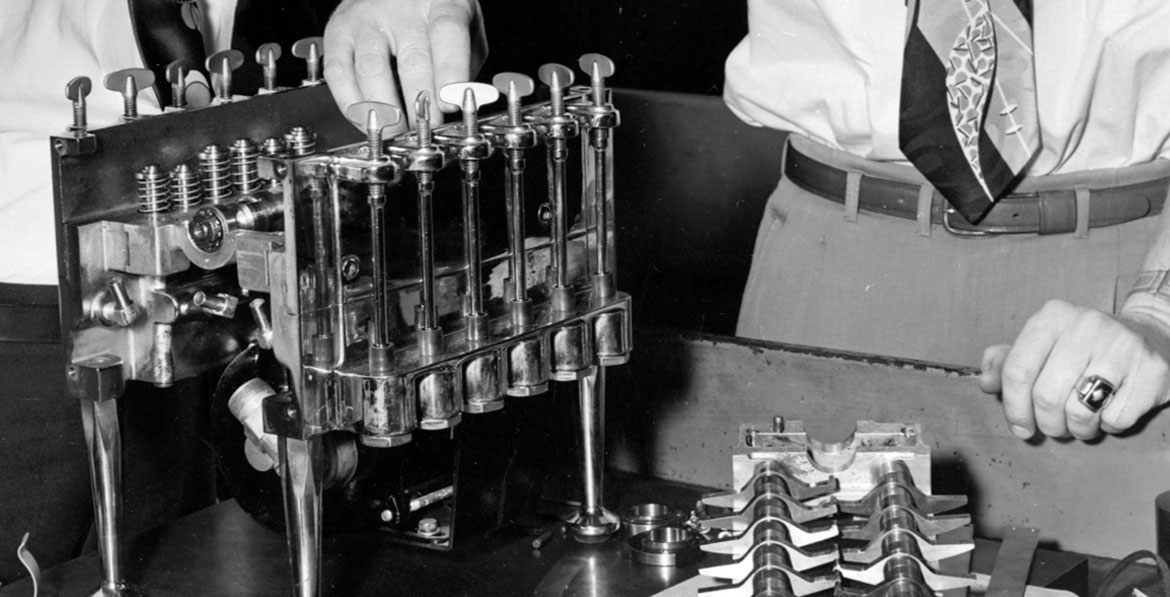
Today, with the health crisis linked to Covid-19, manufacturers are putting themselves at the service of medicine. But in 1952, this was already the case. Here is a subject that we published more than two years ago, and which is now back in the spotlight!

In its history, General Motors has made significant contributions to the world we cherish, especially in the dream car world we revere. What is less well known, however, is the contribution of GM engineers in fields quite different from those related to the automobile? For example, the development of the first “mechanical heart pump” designed in 1952 owes much to the engineers of the American manufacturer. Let’s go back to the early 1950s by visiting GM’s excellent archive site…

Dr. Forest Dodrill, a surgeon at the Harper Hospital of Wayne University in Detroit, believed that a machine could be developed to temporarily replace the blood pumping function of the human heart and thereby enable open-heart surgery. Dodrill and his medical team brought together a group of scientists and engineers from GM Research Laboratories for a unique collaboration that resulted in the “Dodrill-GMR” mechanical heart, built by GM Research Laboratories in the public interest and funded in part by the American Heart Association. The invention looked like a… 12-cylinder engine with six separate chambers.

Made of stainless steel, glass and rubber, the “mechanical heart” used vacuum and air pressure pumps to circulate blood in a circuit that went from the chambers through the patient’s body. This invention came at a time when the development of open-heart surgery was underway.

In the fall of 1952, the heart pump was successfully used in a surgical procedure performed on a 41-year-old man. The operation lasted 1 hour and 20 minutes during which the mechanical heart was used for 50 minutes to keep the patient alive while his heart was repaired. “We have come a long way since Dodrill’s first heart surgery in 1952. Today, it is estimated that more than one million open-heart surgeries are performed each year using heart-lung machines,” said Dr. Larry Stephenson, Wayne State University cardiothoracic surgeon and medical historian, in 2002.

“The success of Dodrill-GMR’s mechanical heart triggered a wave of research and medical advances that continues to this day. ” It’s an astonishing world that the world of automotive researchers…


